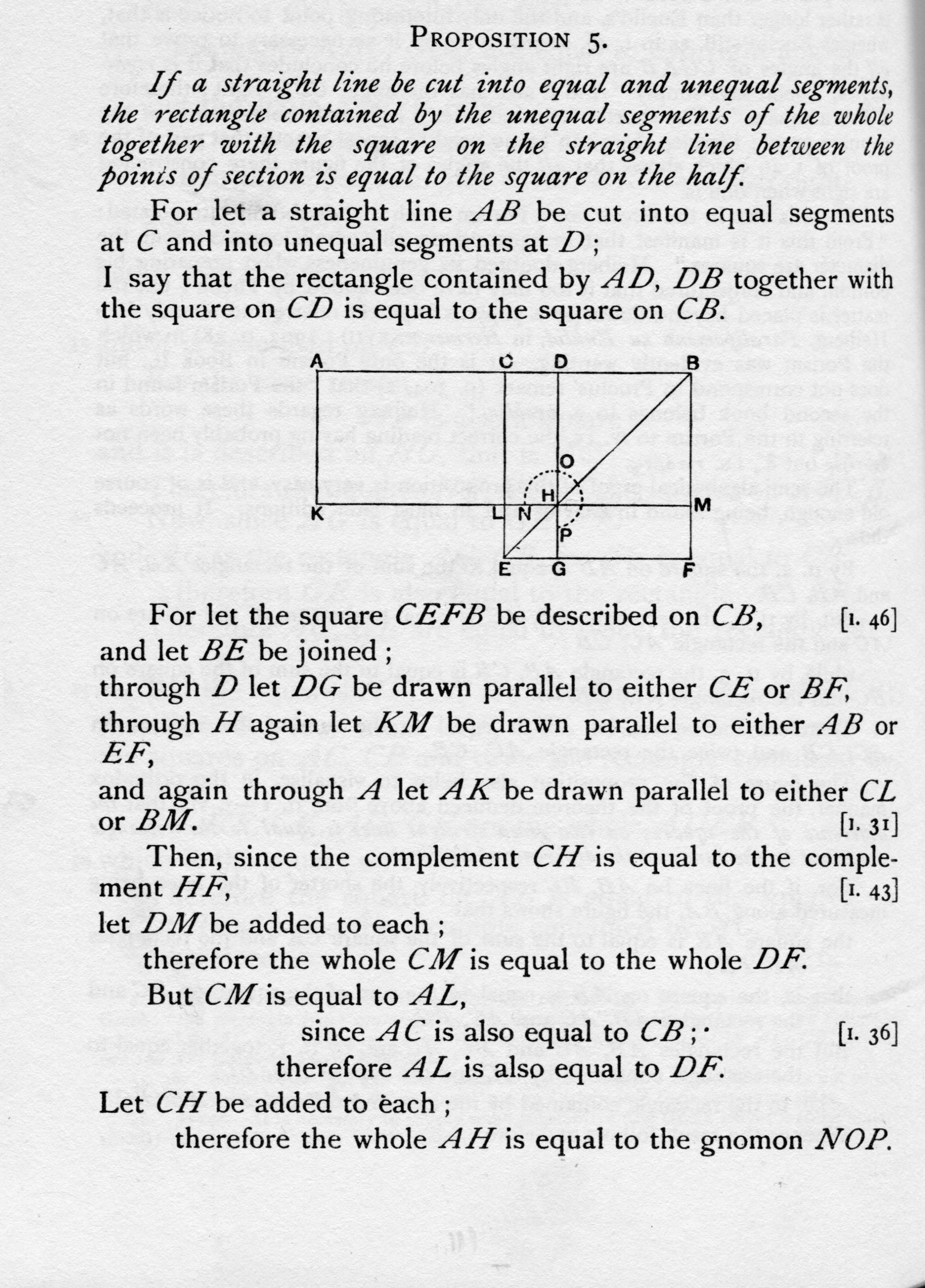
Title: The Mathematisation of Nature: How Physics Evolved into Mathematics
Introduction
The transformation from Aristotle’s empirical natural philosophy to contemporary mathematical physics represents one of the most crucial changes in scientific history. Grounded in early modern Europe, this evolution was neither abrupt nor prompted by a singular individual, such as Galileo Galilei. Rather, it was the result of centuries of intellectual growth, philosophical shifts, educational advancements, and the revival of ancient and Islamic mathematical traditions. This article examines the historical pathway that culminated in the mathematisation of physics, tracing its roots, milestones, and key figures who established the groundwork for what we recognize today as modern science.
Aristotle and the Empirical Tradition
Aristotle’s understanding of physics (ta physika) was deeply rooted in empirical observation and philosophy. He perceived mathematics as concerning abstract, ideal objects disconnected from the tangible world. Consequently, mathematical formulations were deemed inappropriate for elucidating nature—true knowledge originated from observation, categorization, and reasoning.
Nonetheless, Aristotle permitted mathematics to be used in the “mixed sciences”—such as astronomy, optics, and statics—where numerical calculations could produce beneficial, although non-explanatory, predictive models. However, the notion that mathematics could genuinely represent physical reality was beyond the bounds of the Aristotelian perspective.
The Renaissance Revival
The Renaissance ignited a broad revival of learning, unveiling and re-evaluating classical texts. Initially focused on humanism and classical languages, this revitalization later encompassed mathematics and the sciences. The previously neglected mathematical writings of Archimedes, Apollonius, and Euclid were published and circulated in printed format for the first time during the 16th century. These texts encouraged scholars to apply mathematical principles not only to abstract challenges but increasingly to natural phenomena.
The Emergence of Mathematical Astronomy and Optics
The transition from mathematical modeling to mathematical reality commenced with astronomy. Nicolaus Copernicus introduced a heliocentric model in his 1543 work De revolutionibus, contending that mathematical models could—and ought to—depict the actual arrangement of the cosmos. Following this, Tycho Brahe’s diligent observations and Johannes Kepler’s mathematical laws of planetary motion cemented this notion. Kepler’s application of mathematically derived elliptical orbits vividly demonstrated that celestial phenomena operated according to discernible mathematical laws.
In the realm of optics, the contributions of Maurolico, Della Porta, and Kepler similarly showed that geometric principles could elucidate physical occurrences such as vision and light behavior. Kepler’s Astronomiae Pars Optica (1604) established optics as a science grounded in geometry.
Neo-Platonism and Misunderstood Histories
A prevalent fallacy in historical discussions credits the shift toward mathematical natural philosophy to a Neo-Platonic revival along with Galileo’s frequently quoted “Book of Nature” statement from Il Saggiatore (1623). This mythological rendition of history suggests that Galileo singularly illuminated Europe by asserting that the universe is inscribed in the language of mathematics.
In reality, the foundation for this shift had been constructed centuries prior. Robert Grosseteste, Bishop of Lincoln, in the thirteenth century, emphasized the importance of geometry for grasping the natural world. Long before Galileo’s time, mathematicians and philosophers had already engaged in the mathematisation of nature.
Educational Reform Movements
One of the most overlooked contributors to the mathematisation of science was educational reform. In Protestant areas of Europe, the Reformation prompted a revised educational structure. Martin Luther’s close associate Philipp Melanchthon, referred to as the “Praeceptor Germaniae,” founded schools and universities with a strong focus on mathematical sciences.
Melanchthon’s influence integrated astrology—and consequently astronomy and mathematics—into the curriculum not as supplementary subjects but as fundamental elements of a reformed educational framework. Academics like Georg Joachim Rheticus and Erasmus Reinhold epitomized this new academic milieu.
On the Catholic side, the Jesuit Christoph Clavius led a comparable mathematical initiative within the Catholic educational framework. Located at the Collegio Romano, Clavius crafted curricula that incorporated mathematics into general education, prepared future educators, and authored significant textbooks that gained widespread use throughout Europe.
Islamic Mathematics and Algebraic Innovations
The mathematisation of physics also greatly benefited from the infusion of algebra and trigonometry from Islamic cultures. Arabic scholars not only preserved but expanded ancient mathematical understanding while developing techniques—particularly in algebra—that were crucial to the early modern mathematical revolution.
By the sixteenth century, European scholars began to weave this body of knowledge into their work. Figures such as Regiomontanus published texts on trigonometry, while algebra permeated academic discussions through the contributions of Cardano, Bombelli, and François Viète. Viète’s symbolic algebra, notably, represented a significant leap toward the mathematical language that would later facilitate the formulation of